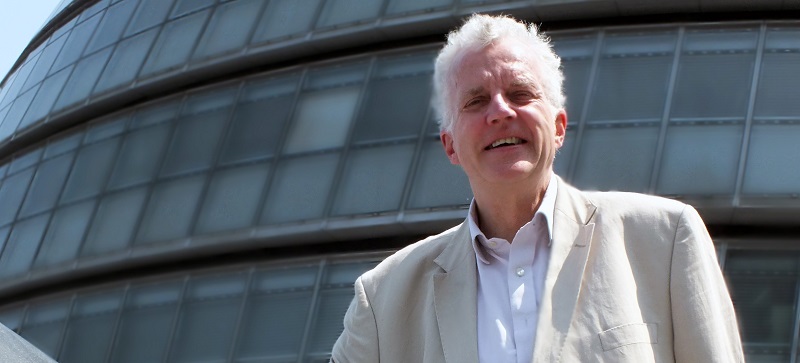It is remarkable how little evaluation of road schemes is carried out once the shiny new tarmac has been laid. These roads are always built on a wave of optimism, backed by ‘business cases’ and detailed consultants’ reports which appear ever so convincing at the time but little independent assessment ex post facto ever emerges.
Or even when the work is undertaken, the study dribbles out without any publicity. The Highways Agency recently published an assessment of the incredibly high profile Newbury bypass which had road protestors at the barricades for years but slipped it out without a press release or any attempt to publicise its findings. The Newbury bypass was a notable cause celèbre for road protestors a decade ago and famously, agreeing it was the last act of transport secretary Brian Mawhinney (now Lord Mawhinney who has moved onto far more important things at the FA) so that his successor, Sir George Young, would not have to sully his hands with such a controversial scheme.
The Highways Agency has not exactly been in a rush to publish the study which covers the years 1998 – 2003 and, as if to demonstrate its lack of concern about the issue, the Agency managed to lose two important documents about planning the new bypass – the scheme noise report and the visual impact study report – which, ironically, the consultants had to seek out from the objectors against the road scheme.
It was only the effort of the Campaign to Protect Rural England to highlight the study that drew any attention to the report and consequently elicited coverage in the Daily Telegraph. This effort to avoid any coverage of the study is hardly surprising given that it shows on virtually every count that the road protestors were right. Most notably, fears that the eight mile £105m bypass would generate traffic growth in the whole area have proved well founded. Within five years of the opening of the bypass, the A 34 corridor has attracted between 47 per cent and 65 per cent more cars, ‘significantly above regional and national growth forecasts’, a far higher growth rate than elsewhere in Berkshire. This is a stark illustration of the well-known phenomenon of traffic induction that first came to the fore in the SACTRA (Standing Advisory Committee on Trunk Road Assessment) of the mid-1990s and undermines the case for many new roads because congestion levels quickly return to the same level as before.
The Highways Agency’s say that much of the growth has been a result of new developments built in the area after the new road opened but that, surely, is the point about such road schemes. They are a Trojan horse, stimulating often undesirable developments in their wake and, in this case, in a very environmentally sensitive part of the Home Counties.
Nor is it just the amount of traffic that has not matched forecasts. Safety, too, has been compromised. Far from reducing the number of accidents and deaths as predicted, the bypass has killed more people and witnessed a sharp increase in serious accidents with a two thirds increase in deaths, from six in the five years before its construction to ten in the same period afterwards.
These type of evaluations should inform decisions over future roadbuilding projects but there is little to suggest that they do. Clearly, just as there is an optimum bias built into rail schemes, there should be a similar mechanism to reduce the supposed benefits of road projects. In the topsy turvy world of cost benefit analysis, however, the extra traffic is good news. With lots more motorists using the scheme than expected, it is seen as a success because each one supposedly has incurred time savings that are a benefit to the economy as a whole. As I have argued before in this column, the methods of assessing such schemes themselves require a complete overhaul taking into account, as CPRE suggests, wider issued such as their effect on climate change and other environmental factors. How many road schemes would then past the ‘value for money’ test?
